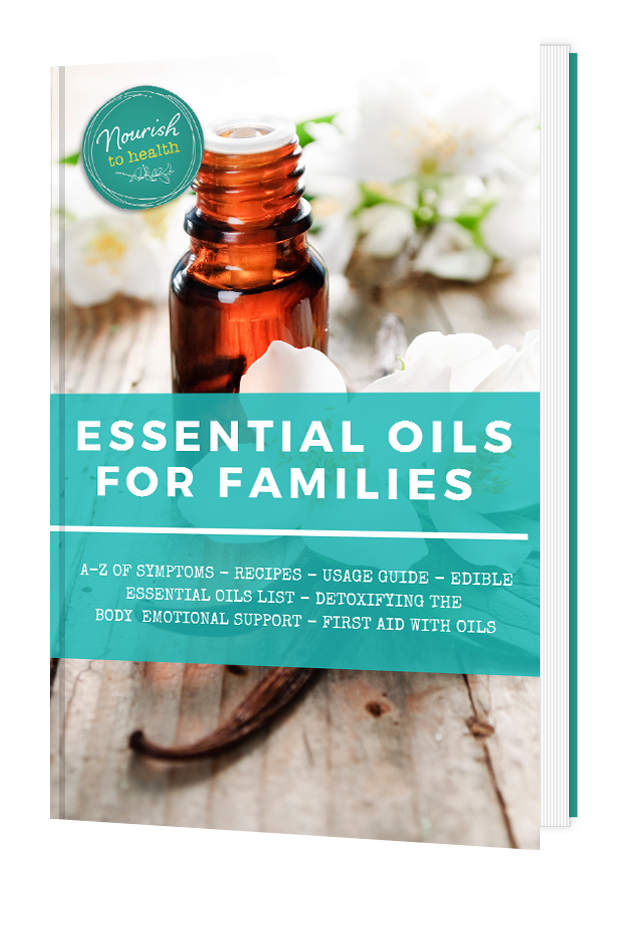Why Leafy Greens are so good for you and the Nutritional breakdown.
Not many foods can compare to the high nutritional value of leafy greens. Researchers are finding that eating your greens may be even more important than previously imagined. In putting together this article I found lots of quotes that stated “it was common for our ancient ancestors to eat up to six pounds of leaves per day”. Recent research shows that a gene that is essential for producing critical immune cells in your gut, responds to the food you eat—specifically leafy green vegetables. So eat your greens!
We now know that these greens are packed with an array of antioxidants and other disease-fighting compounds. Researchers also believe that these vegetables play an important role in controlling food allergies, inflammatory diseases and obesity, and may even prevent the development of bowel cancers (see Walter and Eliza Hall Institute for more on that).

Here’s a nutritional breakdown of the top readily available leafy greens:
Kale:
- Excellent source of vitamins A, C, and K
- High in Calcium (for a vegetable)
- Also supplies Folate and Potassium
Collard Greens:
- Excellent source of vitamins A, C, and K
- Good source of Folate, Manganese, and Calcium
- Cancer preventatvive glucosinolates (glucoraphanin, sinigrin, gluconasturtiian, and glucotropaeolin)
- Similar in nutrition to Kale but more chewy with a stronger taste
Swiss Chard:
- Excellent source of vitamins A, C, and K
- Good source of Magnesium, Manganese, Potassium, Iron and Vitamin E
- At least 13 different Polyphenol Antioxidants, including Kaempferol and Syringic Acid
- Unique source of Phytonutrients called Betalains (provide antioxidant, anti-inflammatory, and detoxification support)
Turnip Greens:
- Excellent source of vitamins A, C, and K
- Good source of Folate, Manganese, Calcium, Copper, Vitamin E and Vitamin B6
- Bitter taste linked to high Calcium (4x more than cabbage, 2x more than mustard greens)
- High glucosinolate content (phytonutrients with cancer-preventing properties)
Spinach:
- Excellent source of vitamins A, C, and K
- Good source of Manganese, Folate, Iron, Vitamins C, B2, B6 and E
- Showed evidence of significant protection against the occurrence of aggressive prostate cancer.
- Glycoglycerolipids help protect the lining of the digestive tract from damage — especially damage related to unwanted inflammation.
Beetroot Greens:
- Excellent source of vitamins A, C, E and K
- Good source of Folate, Pantothenic Acid, Phosphorus, Zinc, Vitamins B6
Valuable source of Lutein/Zeaxanthin (good for eye health)
Lettuce:
- Excellent source of vitamin K. Vitamin K has a potential role in the bone metabolism where it thought to increase bone mass by promoting osteotrophic activity inside the bone cells. It also has established role in Alzheimer’s disease patients by limiting neuronal damage in the brain.
- Fresh leaves contain good amounts folates and vitamin C. Folates are part of co-factors in the enzyme metabolism required for DNA synthesis and therefore, play a vital role in prevention of the neural tube defects in the baby (fetus) during pregnancy.
- Vitamin C is a powerful natural antioxidant; regular consumption of foods rich in vitamin C helps the body develop resistance against infectious agents and scavenge harmful, pro-inflammatory free radicals.
So don’t over look the humble lettuce it’s my favorite green to have in the fridge . . .
How to Choose Leafy Greens
When choosing your greens, you should always look for leaves that are crisp. You want to hear a slight snap when you crack the stems. If they are wilted, soggy, or slimy, keep looking! Ideally, they have been stored in a cool place but watch out for greens stored in ice and the leaves will burn. Greens are loaded with water. Ice can crystallize the water and the greens may end up mushy by the time you get them home.
The leaves should smell fresh and, well, really green!

Colour is also important. If you have a choice, pick the darkest leaves. Don’t worry about a few brown spots, that’s perfectly normal, especially at the farmers markets. However, if the edges are consistently brown throughout all the leaves they are not good. Last but not least, is smell. The leaves should smell fresh and, well, really green!
NOTE: Non-organic greens can be very high in pesticides. This is one of those items that are definitely worth buying organic. It is to buy from a local grower when possible. Make sure your growers are practicing sustainable farming practices and not using heavy chemical pesticides and herbicides. If you can’t buy from a local farm or farmers market, then make sure to choose organically-certified greens at the grocery store. There’s no skimping on greens they should always be organic where possible.
Eat your greens! Add them to each meal in smoothies, juices, salads, use as wraps and serve with dips.
I do not suggest cooking greens . . . if they are not sweet enough to eat raw, then do not eat them at all. Once you cook leaves you loose the nutrients of them and the healing properties they hold.













Trackbacks & Pingbacks
[…] Why Leafy Greens are so good for you and the Nutritional breakdown. […]
[…] Why Leafy Greens are so good for you and the Nutritional breakdown. […]
[…] Why Leafy Greens are so good for you and the Nutritional breakdown. […]
Leave a Reply
Want to join the discussion?Feel free to contribute!